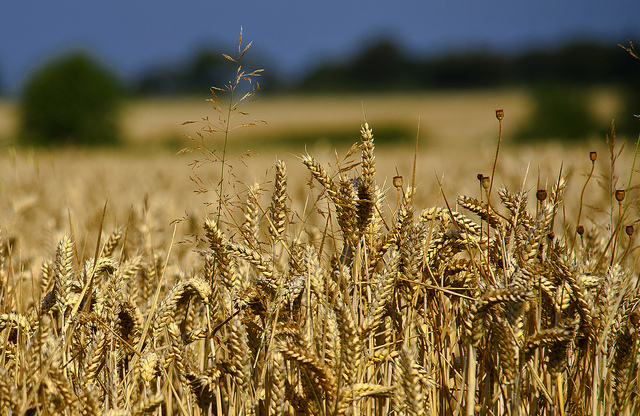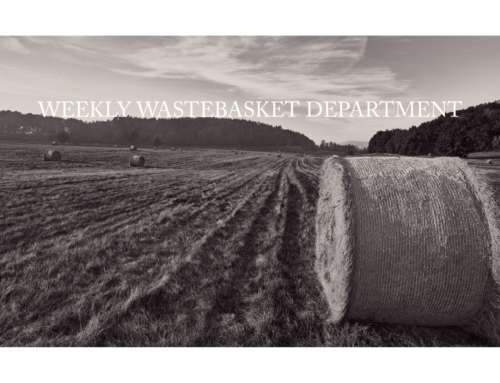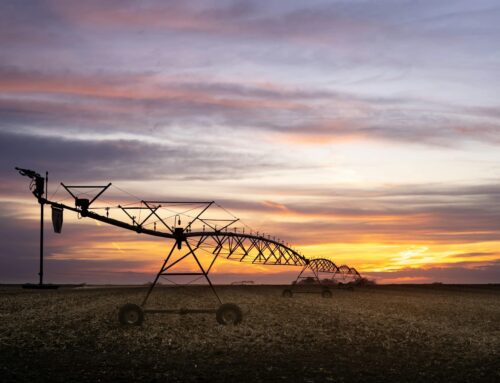Anybody still holding out hope the 2014 farm bill would reap its promised reduced spending got a wakeup call last week. The Congressional Budget Office, Congress’s official arbiter of the cost of legislation, released an updated set of numbers for government expenditures. And while its previous update was back in January, two months made a world of difference.
According to the budget office, new agricultural income entitlement programs are budget busters. The two biggest programs, Agriculture Risk Coverage and Price Loss Coverage, are now projected to cost $42.6 billion over the next 10 years. That’s $15.4 billion more than the original estimate and actually $5 billion more than estimated just two months ago.

Most prominently they tout their elimination of the much-derided direct payments program, which sent approximately $5 billion to farmers every year even when they experienced record income, in exchange for these supposedly cheaper alternative programs.
Left unsaid in those statements are the facts the bill was still projected to spend $956 billion. It actually projected increased spending in fiscal year 2014 with promises to generate savings over the next nine fiscal years. (I’m sure you’ve heard that one before.) And in the two and a half fiscal years since adoption of the farm bill, cash for agricultural income entitlement programs has been spent by Treasury at rates much greater than originally projected.
As a refresher, you should remember the farm bill is a massive piece of legislation that funds everything from subsidies for farmers to buy insurance on the revenue they expect from raising crops, to agricultural research, to the Supplemental Nutrition Assistance Program (formerly known as food stamps). The last bill actually projected increased spending on a number of programs including those for subsidized crop insurance, research, rural development and biofuels. The supposed savings were relegated to cuts to farm income subsidies ($14 billion), conservation ($4 billion) and nutrition ($8 billion).
Add a bit here, trim a bit there, eliminate direct payments and replace with these new programs, then don’t change a thing for 10 years and voila, a $956 billion bill that would purportedly “save” $16.5 billion over otherwise expected costs.
Yeah, at Taxpayers for Common Sense we were skeptical. And turns out we were right.
Bill authors correctly predicted increased spending in fiscal year 2014, they were just off in magnitude. Programs subsidizing the income of agricultural businesses were expected to add $1 billion of cost. And they did, plus another $4 billion. 2015 was a bit better, with these programs costing $2.4 billion less than projected before the farm bill, though lawmakers originally promised $3.6 billion in savings. (So that’s still $1.2 billion in missing savings.)
Whether they hail from House and Senate Agriculture Committees or K Street, defenders of high taxpayer spending on farm programs will say, “Just wait, there’s eight more years available to harvest savings.” But the projections look grim.
Cost projections for the Agriculture Risk Coverage and Price Loss Coverage programs come in higher every single year. When the bill was passed in February 2014 they were predicted to cost $27 billion over 10 years. A year later, $36.7 billion. Now, $42.6 billion. Apparently the sky is the limit.
But now we don’t have to rely solely on predictions. Because of the design of these programs they actually just started making payments this fiscal year (for crops grown in 2014). A look at those numbers is disheartening. As of Feb. 22, halfway through this fiscal year, the Department of Agriculture reports sending just shy of $5.2 billion. Which is 37 percent more than expected, and half a billion dollars more than what would have been spent on direct payments, with half a year to go.
Taxpayers can afford a safety net to help agricultural producers protect themselves from perils that can’t be managed. What the country can’t afford is lawmakers using accounting gimmicks and budget trickery to create programs that pay out in good times and bad and claim to save tax dollars while actually increasing costs. This can’t wait until the next farm bill in 2018. The Agriculture Committees need to go back to the drawing board and deliver the savings they promised.
Photo credit: Jon Bunting via Flickr














Get Social